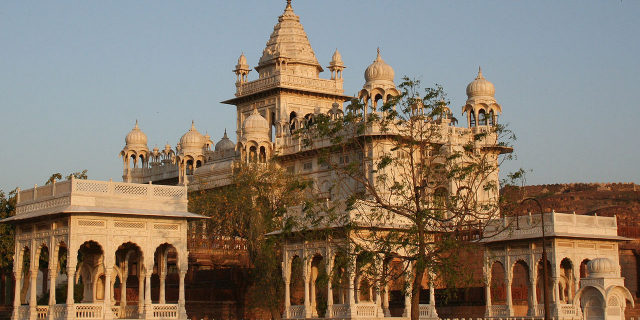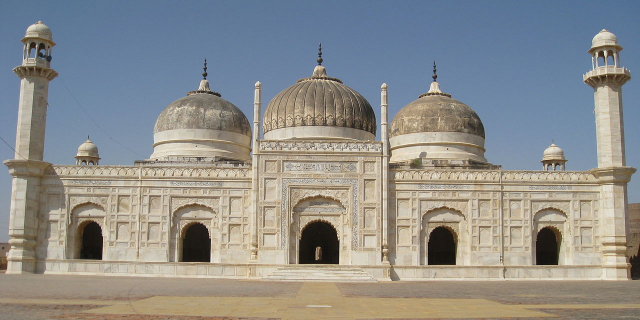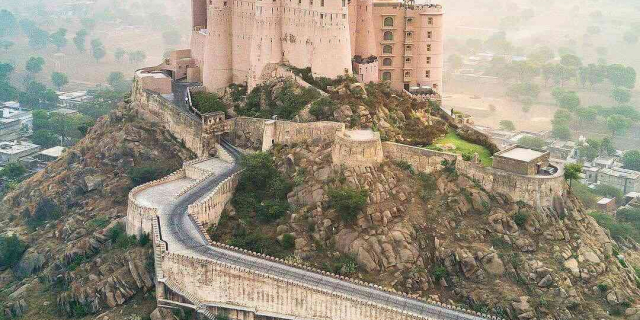करणी माता मन्दिर, बीकानेर
( Karni Mata Temple )
Karni Mata Temple of Deshnoke (Hindi: करणी माता मंदिर), also known as Madh Deshnoke, is a prominent Hindu temple dedicated to Karni Mata at the town of Deshnoke, located 30 km south of Bikaner, in Rajasthan. It has become the most important pilgrimage site for devotees of Charani sagatis after access to Hinglaj was restricted following the partition of India. The temple is also a popular destination for tourists and pilgrims and is renowned, both in India and internationally, as the “Temple of Rats” due to the numerous rodents known as kābā which are considered holy and treated with utmost care by the devotee. This is sometimes upheld as exemplary of an "environmentally conscious Hindu ethos". The temple draws visitors from across the country for blessings, as well as curious tourists from around the world.
The temple was originally constituted 500 years ago, around 1530 CE, after the mahaprayan of ...Read more
Karni Mata Temple of Deshnoke (Hindi: करणी माता मंदिर), also known as Madh Deshnoke, is a prominent Hindu temple dedicated to Karni Mata at the town of Deshnoke, located 30 km south of Bikaner, in Rajasthan. It has become the most important pilgrimage site for devotees of Charani sagatis after access to Hinglaj was restricted following the partition of India. The temple is also a popular destination for tourists and pilgrims and is renowned, both in India and internationally, as the “Temple of Rats” due to the numerous rodents known as kābā which are considered holy and treated with utmost care by the devotee. This is sometimes upheld as exemplary of an "environmentally conscious Hindu ethos". The temple draws visitors from across the country for blessings, as well as curious tourists from around the world.
The temple was originally constituted 500 years ago, around 1530 CE, after the mahaprayan of Karni Mata. It initially began with the inner sanctum covered by the dome and grew in size with constructions being added by the devotees throughout the centuries.
































Add new comment